Making raw, kefir cultured butter couldn’t be easier! Culture your cream with kefir grains to make a beautiful and rich kefir cultured butter.
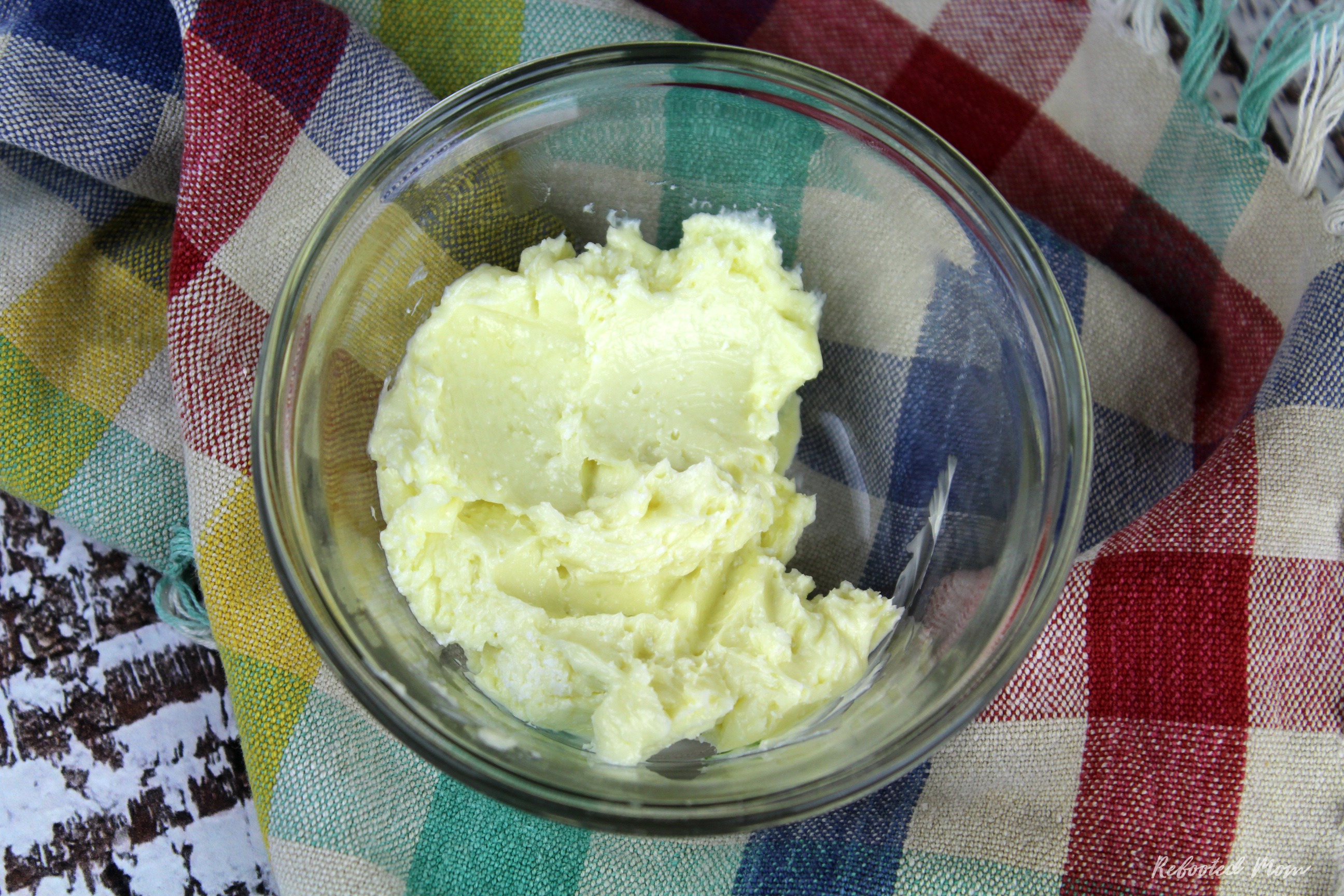
Homemade kefir cultured butter is one of my favorite things to make (and also to consume). Most people would probably ask why one would make theirr own butter when it’s so easy to purchase at the store.
Taste, and smell.
Homemade butter doesn’t compare to anything else. By ferrmenting products, you create additional aromatic compounds (called diacetyl). Diacetyl makes food taste buttery – think about that store bought popcorn, or buttery crackers, buttery flavored packaged food and even regular commercial butter.
Most of those products want to achieve the buttery taste, and while they do, it happens synthetically through a myriad of chemicals, put together to help achieve that butter flavors.
Not exactly what I think about when the term “butter” comes to mind.
Butter from Grass-Fed Cows is Healthy
For the past several years, there has been a movement to discredit the health benefits of butter. I would almost love to think that perception is changing as people become more open to doing their own research and learning that not all fats are bad fats.
Our body needs healthy fats – and butter happens to be one of several healthy fats.
Butter from grass-fed cows is also rich in fat soluble vitamins A, E, and K, and in conjugated linoleic acid.
You don’t necessarily need to ferment butter in order to make butter successfully. If you have raw cream, you can simply make butter as is – putting your cold heavy cream in the blender and whipping until you reach the stage of butter.
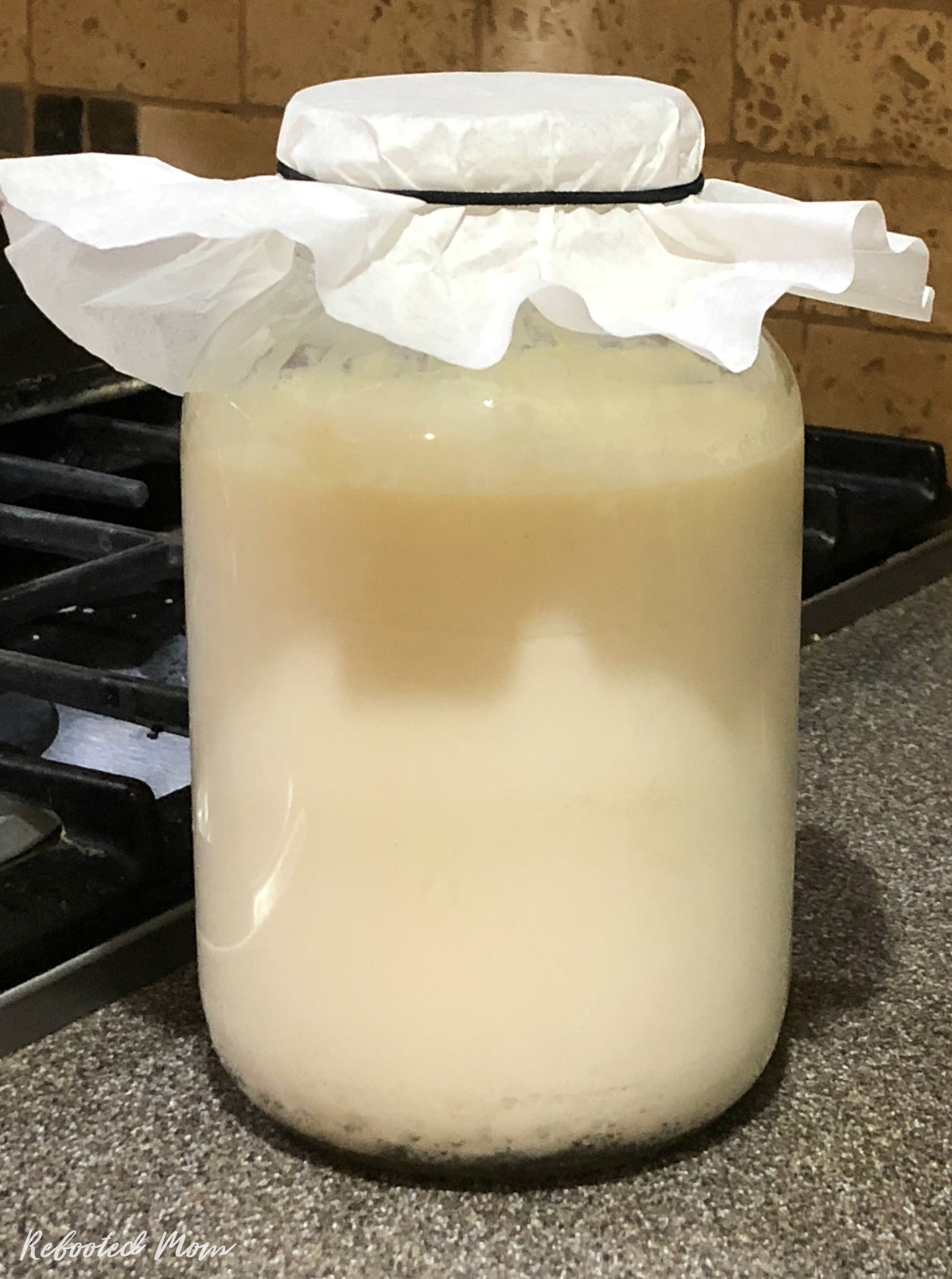
I like to do it anyways though, and by putting a smidge of kefir in my cream, I’m adding a variety of additional nutrients to the cream. It also keeps unwanted bacteria away. I wouldn’t recommend using pasteurized cream though, it’s better to find a source for raw cream that hasn’t been altered from its original state.
The final color of your kefir cultured butter will depend on many factors. You may get a bright yellow or a deeper color – both are a reflection of the weather in that particular season and the traditional diet of the cows.
Making Kefir Cultured Butter
Making kefir cultured butter at home really is quite simple. Search the web and you will find a variety of complicated (and some less complicated) avenues to achieve the end result.
In reality, you only need a few basic things: kefir, raw heavy cream, a jar, mixer and a sieve (strainer).
Just a note here: Using cheese cloth isn’t a necessity, in fact, there are many items you can use instead that work just as well.
I just happened to have a little left at home from making cheese the previous week, but 90% of the time, I don’t have any at all. ☺️
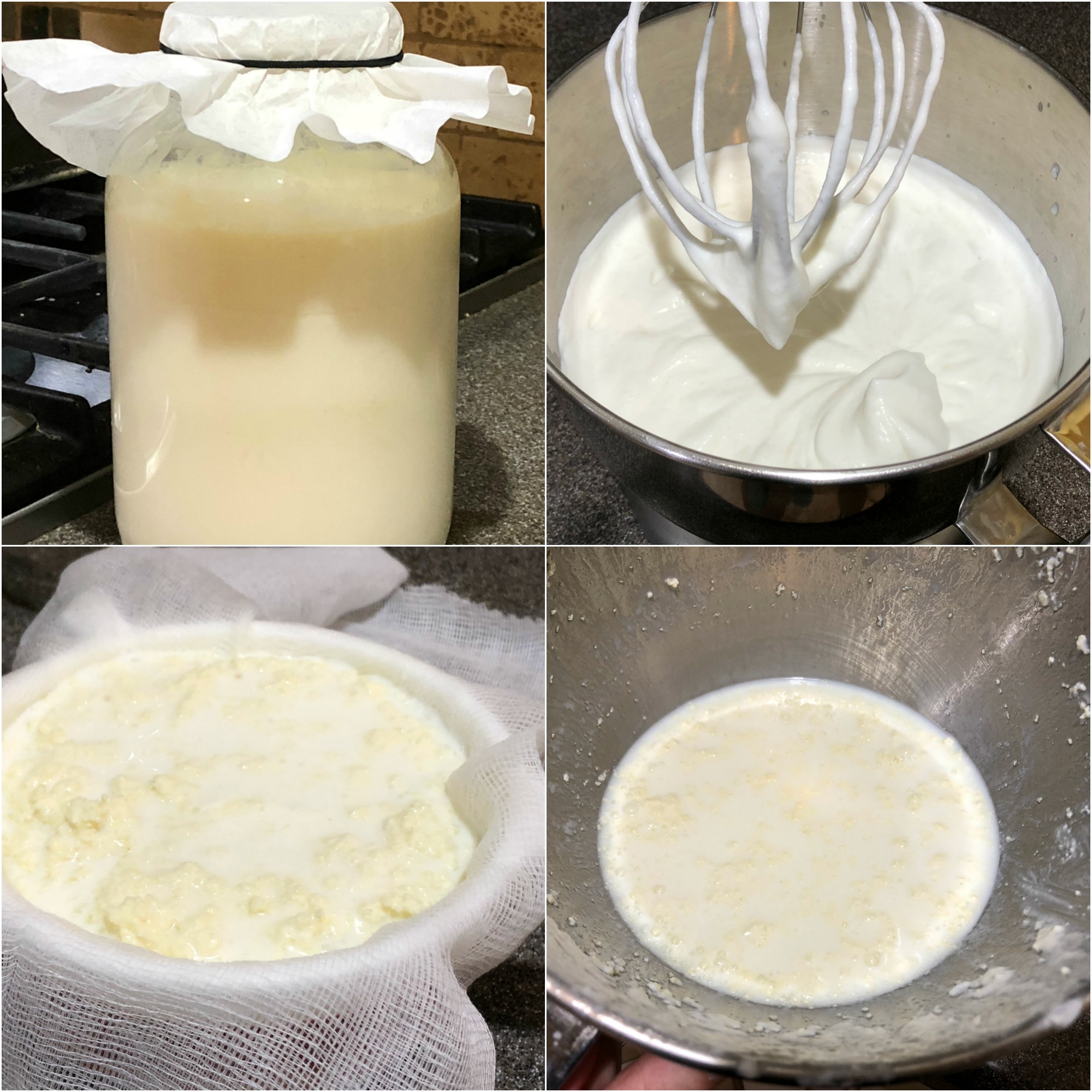
The only things needed to make kefir cultured butter are kefir, raw heavy cream, and time. The process is fairy easy:
- Adding the kefir to the raw heavy cream
- Allowing it to sit at room temperature for 18-24 hours
- Placing that cultured cream in the fridge for it to chill back up
- Then whipping in a blender until you achieve butter
- Strain it through a fine mesh sieve, rinse it, fold it a few times to rid excess liquid
- Squeeze out any and all moisture. That’s it!
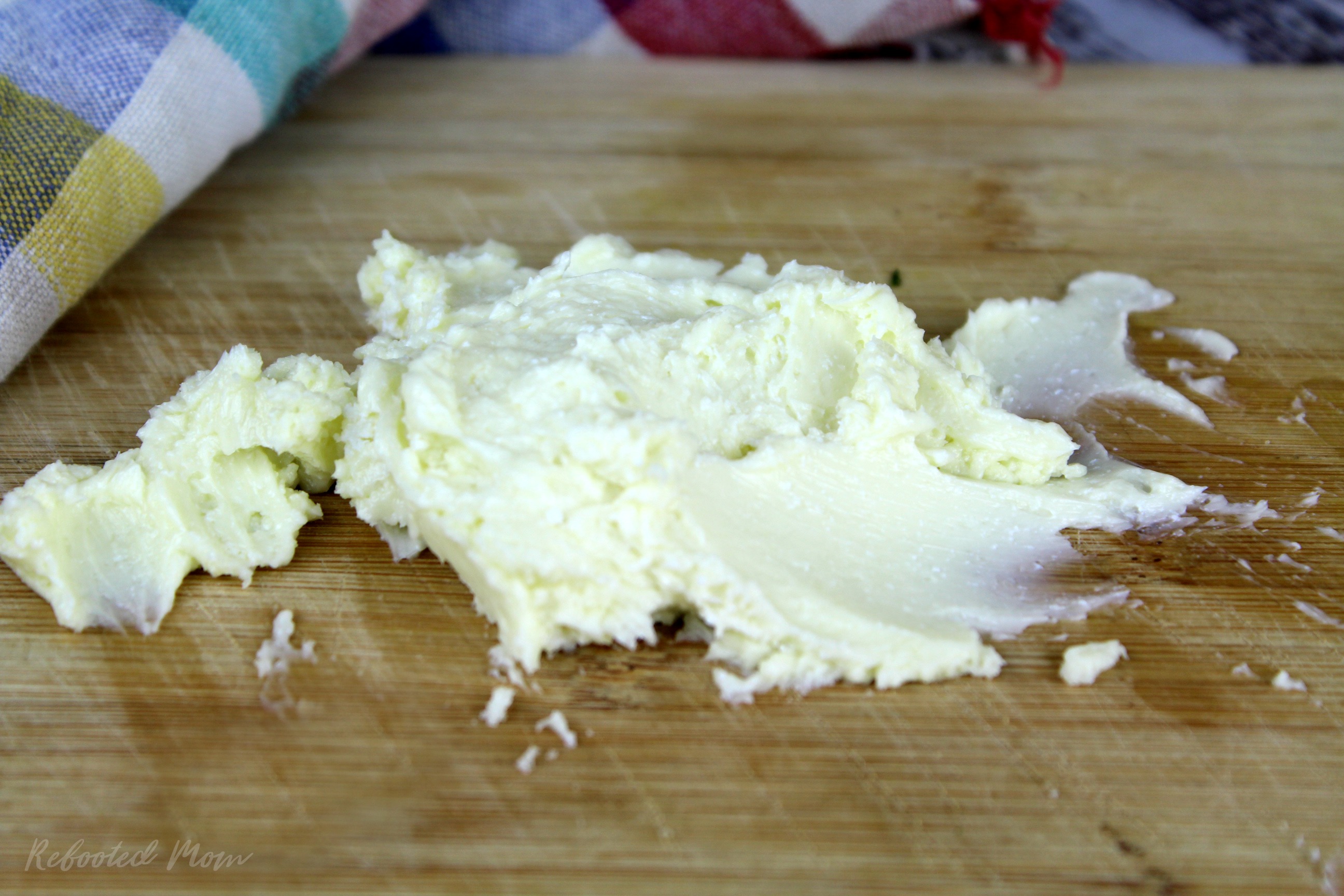
What I find myself doing is pouring the cream top off of each of our gallons of milk (approximately 1 quart) into a large wide mouth canning jar. I then add the kefir, and cover with a coffee filter for 24 hours.
I’ll turn around and use the buttermilk that strains off of the cultured butter to make soap or use it in pancakes here at home.
Making raw, kefir cultured butter couldn't be easier! Culture your cream with kefir grains to make a beautiful and rich kefir cultured butter.
Ingredients
- raw heavy cream
- 1 Tablespoon of kefir (per quart of heavy cream)
Instructions
- Place your heavy cream in a mason jar and add your kefir. Cover with a coffee filter rand a rubber band.
- Allow that heavy cream/kefir to sit 18-24 hours - it should thicken to the feel of sour cream.
- Once it has thickened, place in the refrigerator overnight to chill (you can keep the coffee filter on top). Place the cultured cream into the bowl on your stand mixer. Turn the mixer on medium, and use the whisk attachment to whip for the next few minutes.
- The mixture will go from cream to a thick fluffy whip cream, then start to become grainy.
- Once that mixture becomes grainy, the cream will separate into butter. Immediately turn the mixer to low (it may splash if you keep on high!)
- Once butter appears, use a fine strainer to strain that butter well - the liquid milk (buttermilk) is wonderful to keep for baking breads, pancakes and more.
- Rinse the butter with water until the white liquid runs clear, and use the back of a spoon or spatula to press down the butter and fold several times over to get as much liquid out as you possibly can.
- Spread the butter on parchment and fold over several times to get as much of the liquid out as you can.
- Shape the butter that is left into a ball or log. Or pack into a mason jar. Refrigerate your butter in a mason jar and enjoy!
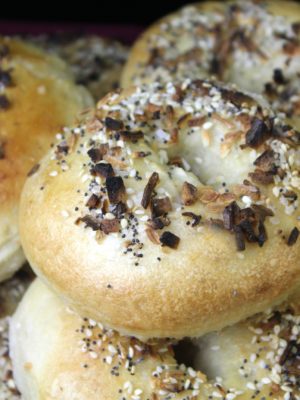
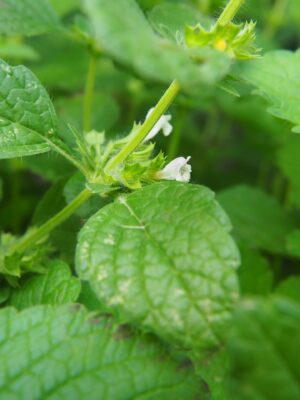
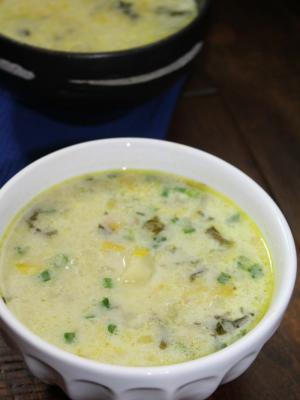
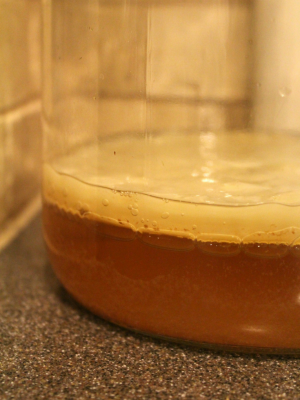
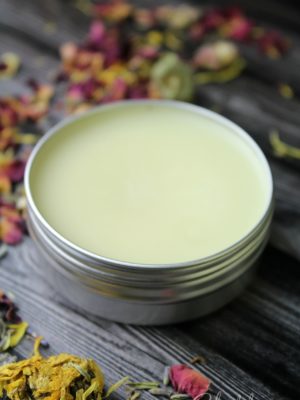
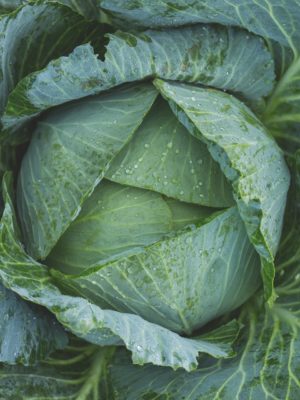
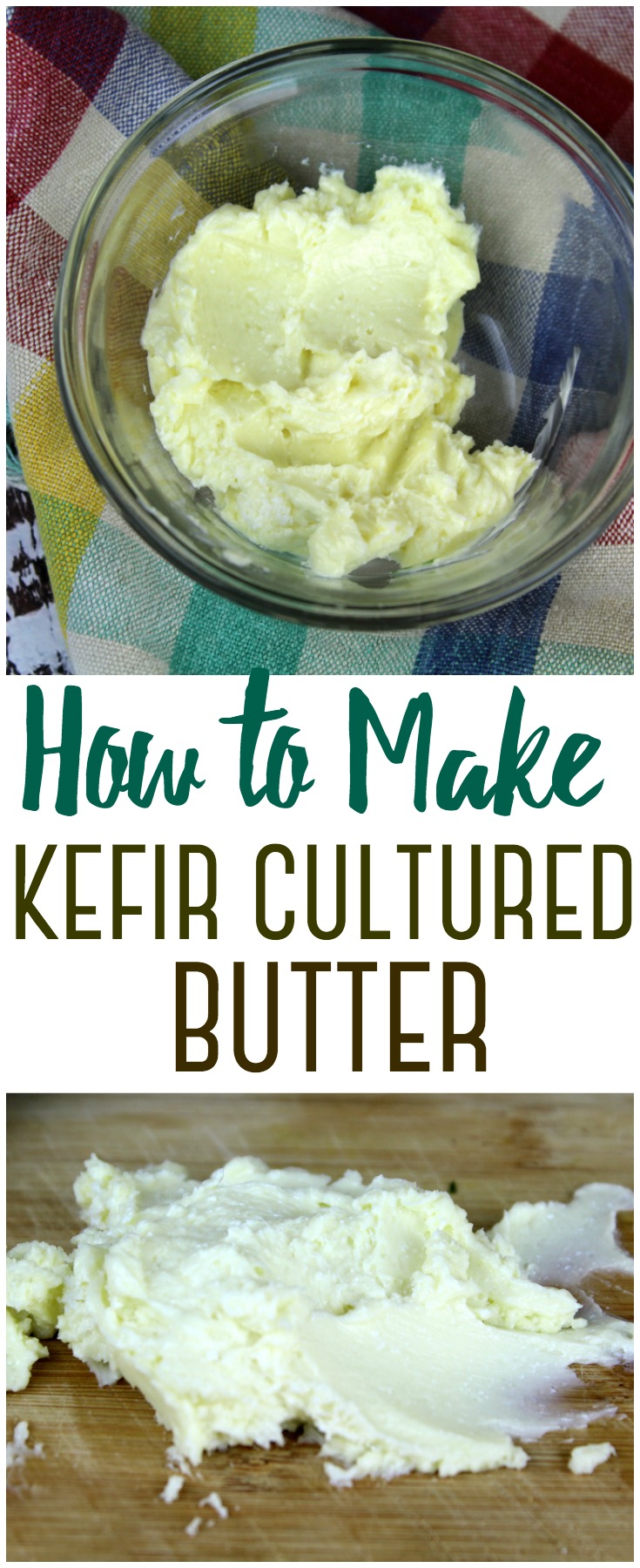

You did not mention if the kefir grains get strained out or just left in.
Please clarify for me. I’ll be making my first batch this week.
Thanks
Keith – the grains get strained out. I hope that helps and I’m sorry I did not clarify in the post.
I am having a hard time subscribing. It won’t let me for some reason. Thanks jstar45@yahoo.com